12 Tips for Caring for Antique Jewelry to Keep It Valuable
Caring for antique jewelry is essential to preserving its beauty and value for years to come. Whether you own a vintage heirloom or a rare piece, proper cleaning, storage, and handling can make a significant difference in maintaining its condition. With the right precautions, you can protect your jewelry from damage and ensure it remains a cherished part of your collection. From avoiding harsh chemicals to inspecting for loose stones, simple steps can go a long way in safeguarding these timeless treasures.
This post may contain affiliate links, which helps keep this content free. Please read our disclosure for more info.
Regular Cleaning with Gentle Methods
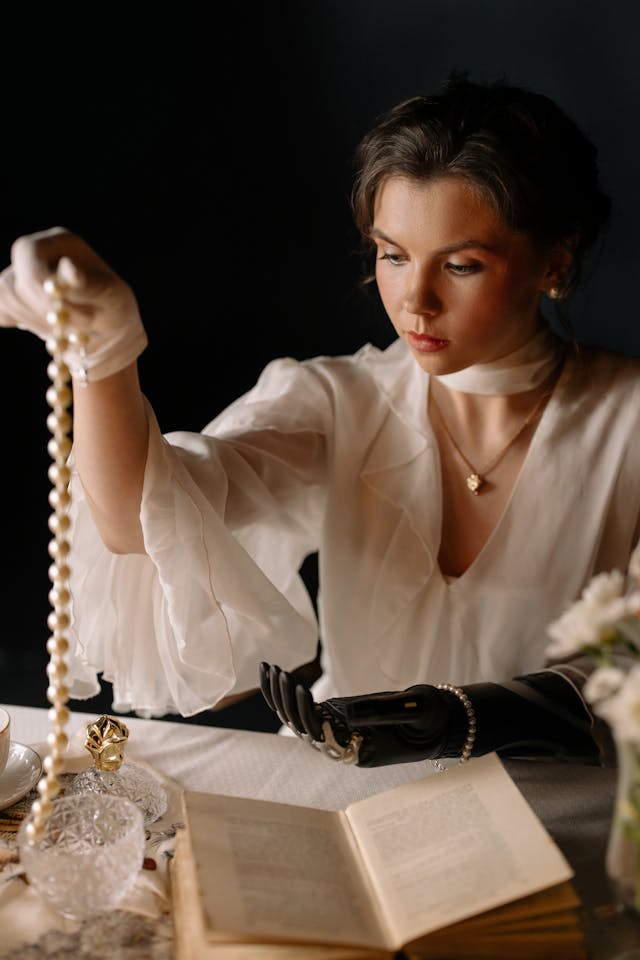
To preserve the brilliance of antique jewelry, regular cleaning is necessary, but it is crucial to use the gentlest methods possible. Antique pieces are often made from delicate materials that can be damaged by harsh cleaning solutions or abrasive brushes. Use a soft microfiber cloth to wipe down the jewelry after each wear, removing any dirt or oils left behind. For a deeper clean, mix a mild dish soap with lukewarm water and gently scrub the jewelry with a soft toothbrush. This ensures the jewelry remains free of buildup without compromising its integrity.
Additionally, avoid ultrasonic cleaners or strong chemical solutions, as they can damage the stones or the metal, especially in older settings. Some antique jewelry, particularly those with intricate designs, may have stones that can become dislodged or settings that can be weakened by these methods. Cleaning jewelry with the right tools, like a soft cloth or brush, helps retain its appearance and value over time.
Store Jewelry in a Safe Place
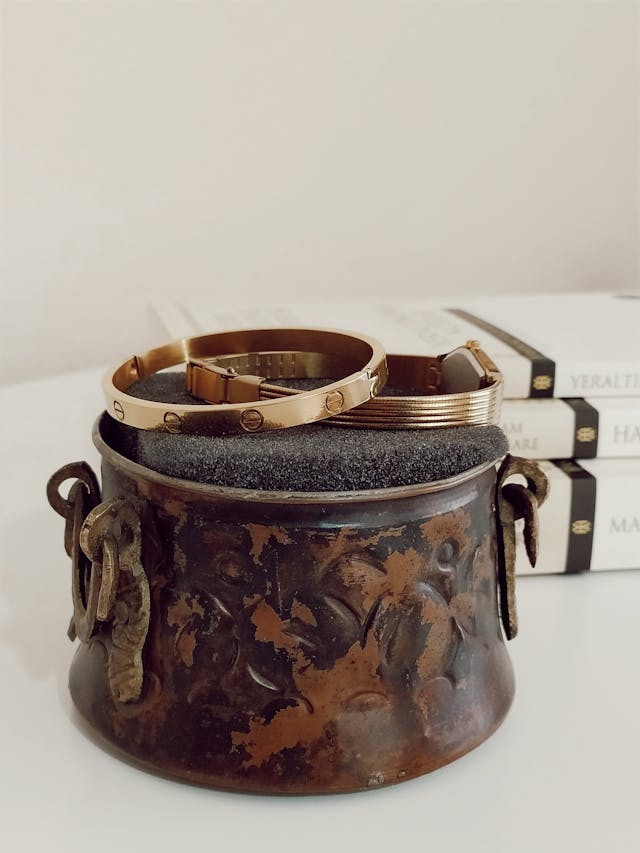
Proper storage is one of the most important aspects of maintaining the value of antique jewelry. A common mistake is leaving jewelry out in the open, which exposes it to dust, humidity, and potential damage. Store your pieces in a soft-lined jewelry box or pouch to protect them from dust and scratches. Using individual compartments in a box prevents pieces from rubbing against each other, which could lead to surface damage over time.
Temperature and humidity also play a significant role in the preservation of antique jewelry. Excessive heat and moisture can tarnish metals like silver or cause gemstones to crack or fade. Keeping your jewelry in a cool, dry environment ensures it remains in excellent condition. It is also advisable to keep it away from places where it could be exposed to sunlight for long periods, as UV rays can degrade certain materials over time.
Avoid Wearing Jewelry During Physical Activities

While antique jewelry can be beautiful and tempting to wear daily, it is essential to avoid wearing it during physical activities. Engagement rings, necklaces, and bracelets can all suffer damage if subjected to rough handling. Activities like gardening, exercising, or even cleaning can lead to scratches, dents, or the loss of stones. In particular, rings with pronged settings are prone to losing stones if knocked against hard surfaces.
Removing your jewelry during activities that involve strenuous movements or exposure to harsh conditions helps protect it from unintentional damage. When not in use, store it in a safe place where it will not be subjected to impacts or pressure. This small effort goes a long way in ensuring that your antique jewelry remains in its original, valuable condition for years to come.
Be Cautious with Jewelry Exposure to Chemicals
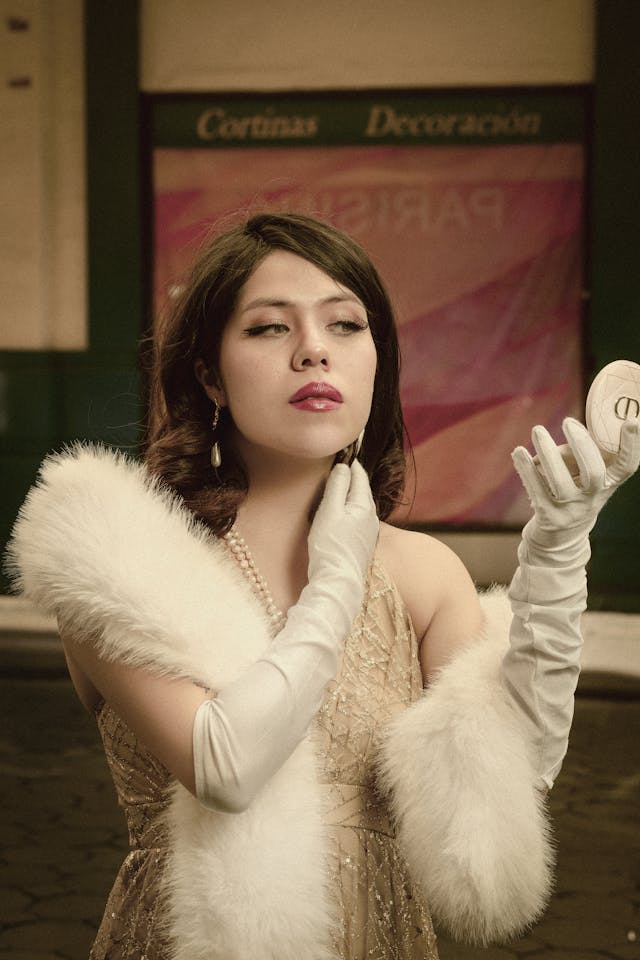
One of the most common causes of damage to antique jewelry is exposure to chemicals, including everyday household products like cleaning solutions, lotions, and perfumes. These chemicals can cause discoloration, tarnishing, or even degrade the finish of gemstones. It is best to apply perfumes, lotions, and hairsprays before wearing your jewelry, as these products often contain alcohol or oils that can damage the metal or stones over time.
When cleaning your home or handling chemicals, always remove your jewelry to avoid exposure to harsh substances. Even natural products like lemon juice or vinegar, commonly used for cleaning, can cause harm to certain metals and gemstones. By making a habit of protecting your antique jewelry from chemical exposure, you can preserve both its appearance and its value.
Regular Inspection for Loose Stones

Regularly inspecting your antique jewelry for any loose stones is essential in preserving its value. Over time, wear and tear can cause the settings to loosen, making it easier for stones to fall out. Pay close attention to pieces with pronged settings or delicate bezels, as they are most at risk. If you notice any stones shifting or feeling loose, take the jewelry to a professional jeweler for a proper inspection and repair.
Catching any issues early can save you from losing a valuable stone or facing costly repairs down the line. It’s also a good idea to have your jewelry professionally cleaned and inspected once a year. This ensures that your pieces are in top condition and helps prevent any future issues, such as metal weakening or gemstone loss.
Avoid Storing Jewelry in High-Humidity Areas
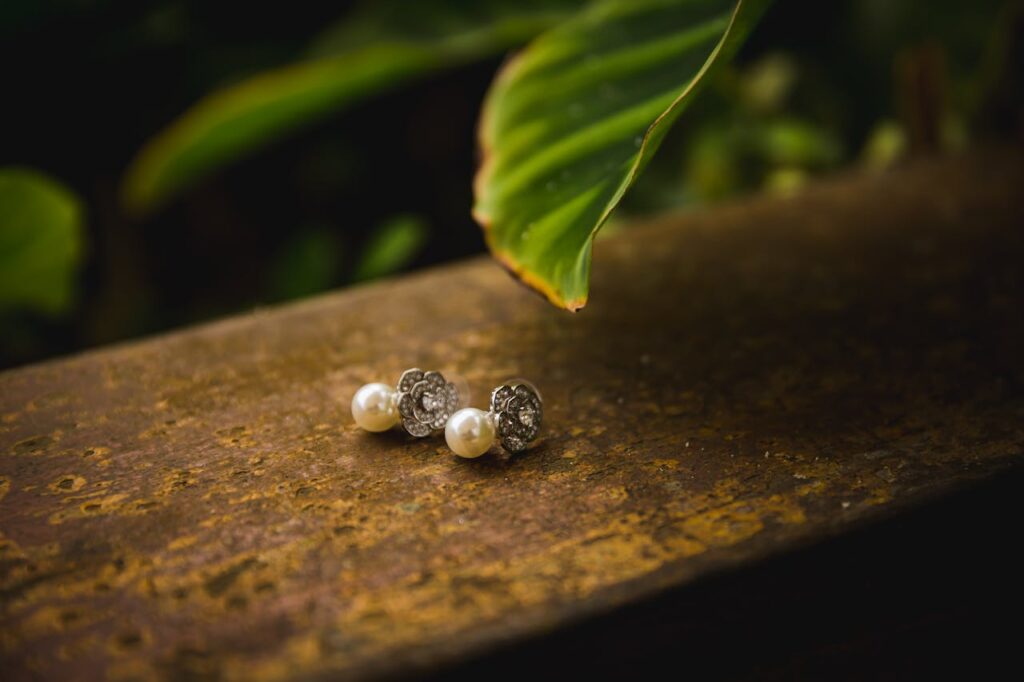
Humidity is a major enemy of antique jewelry, especially when it comes to metals like silver and copper, which can tarnish or corrode when exposed to moisture. Avoid storing your jewelry in bathrooms or places with high humidity. Instead, opt for a dry, cool area where air circulates freely. Placing anti-tarnish strips or pouches in your jewelry box can also help absorb moisture and prevent tarnishing.
In addition to avoiding humidity, make sure your jewelry is kept away from saltwater, such as when at the beach or near swimming pools. Salt can cause metals to corrode and stones to degrade over time. Taking these precautions ensures your antique jewelry remains in excellent condition, preserving its value for years to come.
Handle with Clean Hands
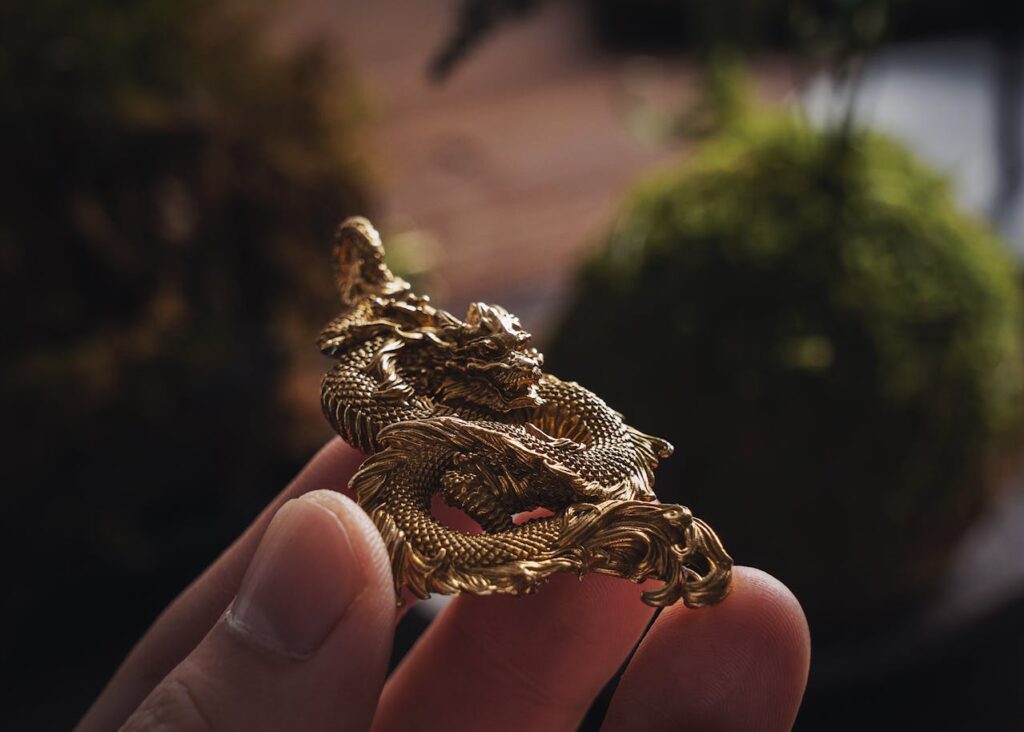
When handling antique jewelry, always ensure that your hands are clean and free of oils, lotions, or dirt. Natural oils from your skin can cause a buildup on the jewelry, making it look dull over time. Dirty hands can also transfer oils or dirt onto delicate gemstones, which could affect their appearance. Always wash your hands before wearing or touching your jewelry to maintain its sparkle and shine.
Additionally, when removing or putting on rings or bracelets, be mindful of how much pressure you apply to the piece. Gently handling jewelry minimizes the risk of bending or scratching delicate parts of the design. This careful approach keeps the jewelry in excellent condition and ensures its longevity.
Avoid Contact with Hard Surfaces
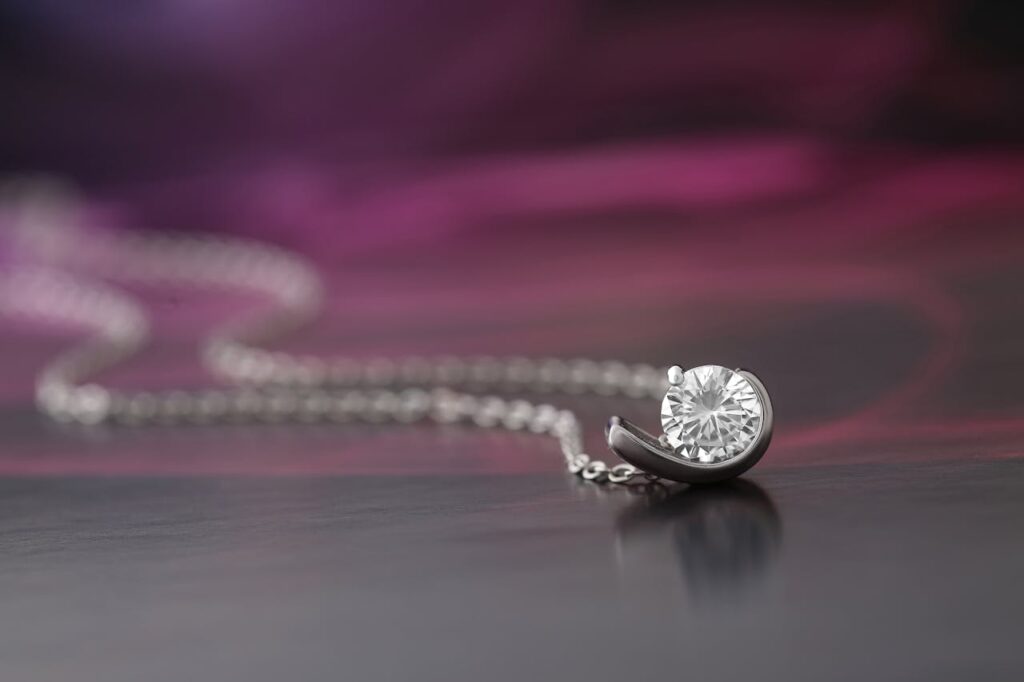
Contact with hard surfaces like countertops, tile floors, or even metal jewelry can cause scratches and dents on antique pieces. Metals such as gold, silver, and platinum can be more vulnerable to damage from sharp impacts. When putting jewelry on or taking it off, try to do so on soft surfaces like a towel or cloth. This will provide cushioning and reduce the chance of accidental damage.
Additionally, avoid wearing delicate jewelry when performing tasks that involve hard surfaces, such as working with tools or other heavy objects. Taking these precautions ensures that the jewelry remains undamaged and retains its value for the long term.
Use Jewelry Insurance for High-Value Pieces
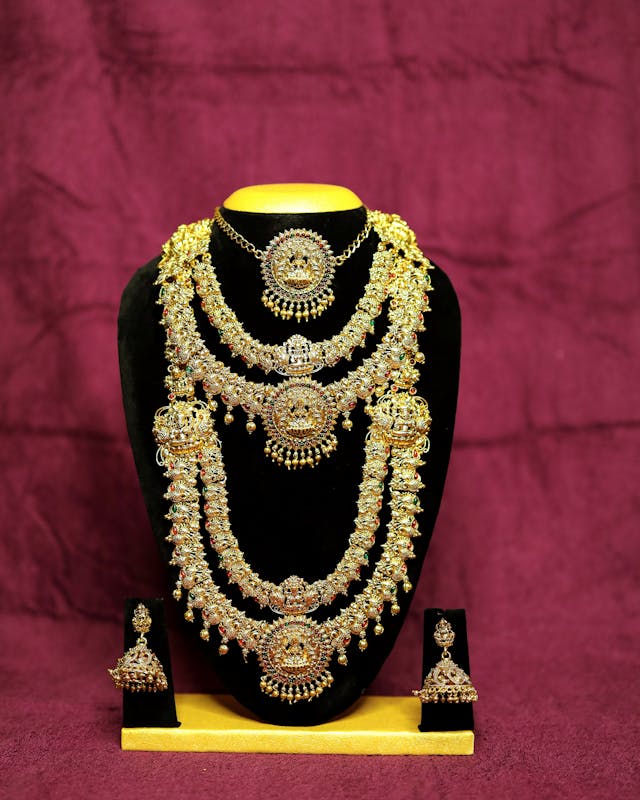
If you own valuable antique jewelry, consider investing in jewelry insurance. Even with the best care, accidents can happen, and having insurance provides peace of mind in the event of loss, theft, or damage. Many insurance policies will cover the cost of repairs or replacement based on the appraised value of the jewelry. Ensure you get a professional appraisal done to establish the value of your antique jewelry for accurate coverage.
Jewelry insurance is especially important for pieces that are rare or difficult to replace. By having coverage, you protect your investment and help ensure that your jewelry retains its value, even in the face of unforeseen circumstances.
Avoid Storing Jewelry Near Magnetic Fields
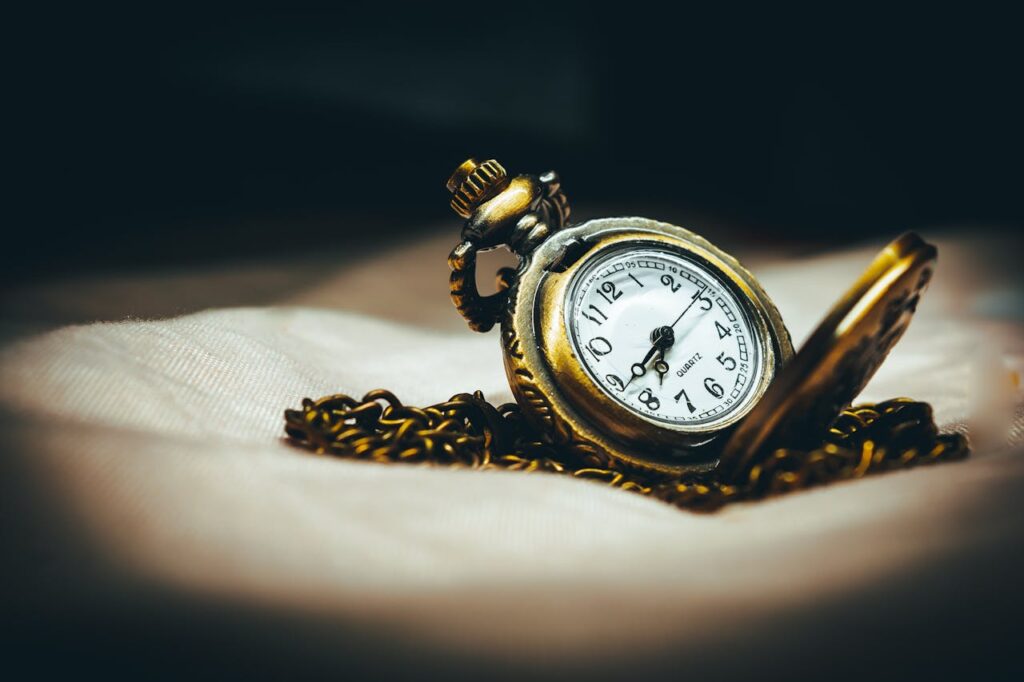
Magnetic fields can potentially damage certain types of jewelry, especially pieces with magnetic clasps or those containing delicate gemstones. Strong magnetic fields can also affect the settings, causing them to loosen over time. It is best to store your jewelry away from areas with strong magnetic fields, such as near electronic devices or magnetic closures.
By protecting your jewelry from exposure to magnetic fields, you help maintain its structure and appearance. This simple precaution can prolong the life of your antique jewelry and help preserve its original condition.
Take Jewelry to a Professional for Repairs
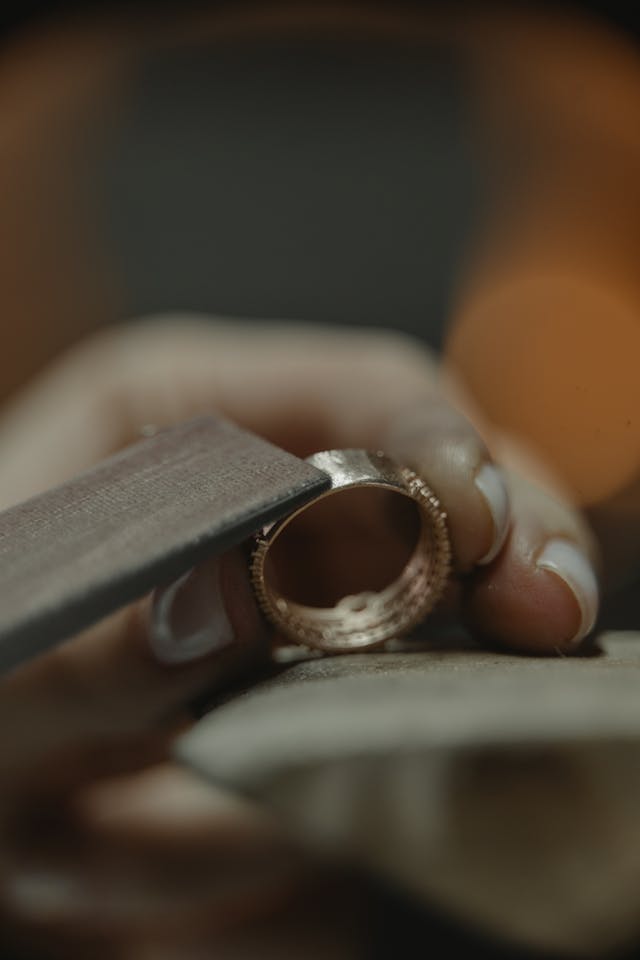
If your antique jewelry requires repairs, always seek the expertise of a professional jeweler who specializes in antique pieces. Attempting to fix it yourself can cause further damage, and improper repairs can decrease its value. A professional can properly assess the piece and use the right materials and techniques to restore it. Whether it involves resizing a ring, resetting a stone, or fixing a clasp, a jeweler’s expertise ensures that the repair is done right.
Professional repair services also allow for the proper preservation of the jewelry’s value. When a piece is restored to its original condition with the right materials, it retains its historic value and aesthetic appeal.
Store Jewelry Away from Extreme Temperatures
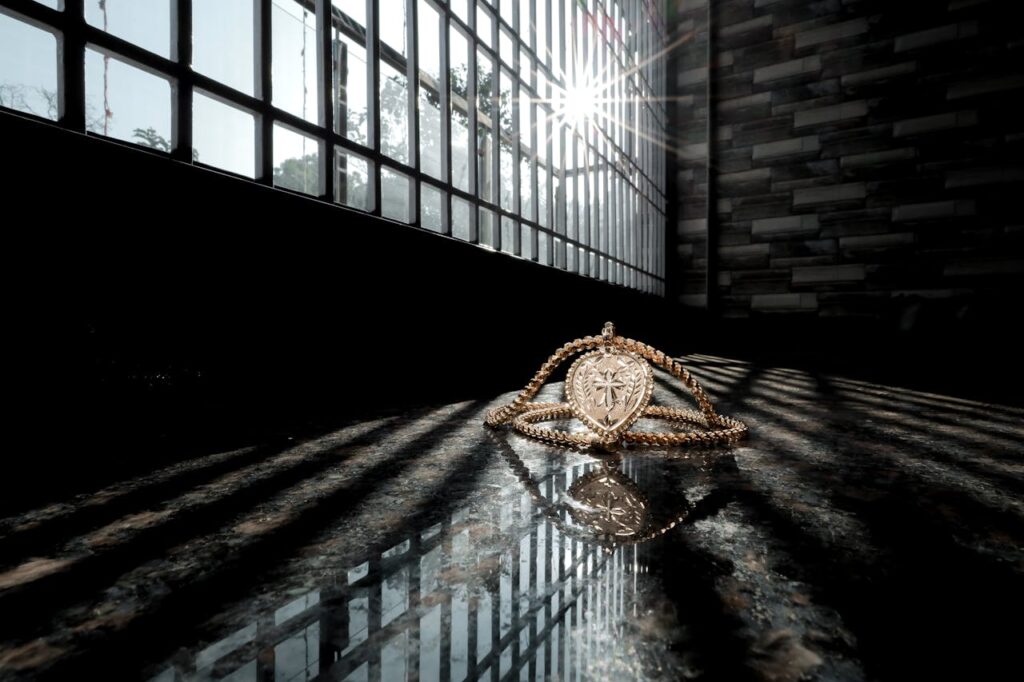
Extreme temperatures, both hot and cold, can have damaging effects on antique jewelry, especially on gemstones and soft metals. Extreme heat can cause some stones to crack or discolor, while cold temperatures can make metals brittle. It is important to store your jewelry in a place that maintains a steady, moderate temperature. Avoid leaving jewelry in places like cars or attics, where temperature fluctuations are common.
By keeping your jewelry away from extreme temperatures, you help preserve its structural integrity and aesthetic appeal. This simple step can prevent the formation of cracks or discoloration, ensuring that your pieces stay beautiful for years.
This article originally appeared on Avocadu.
